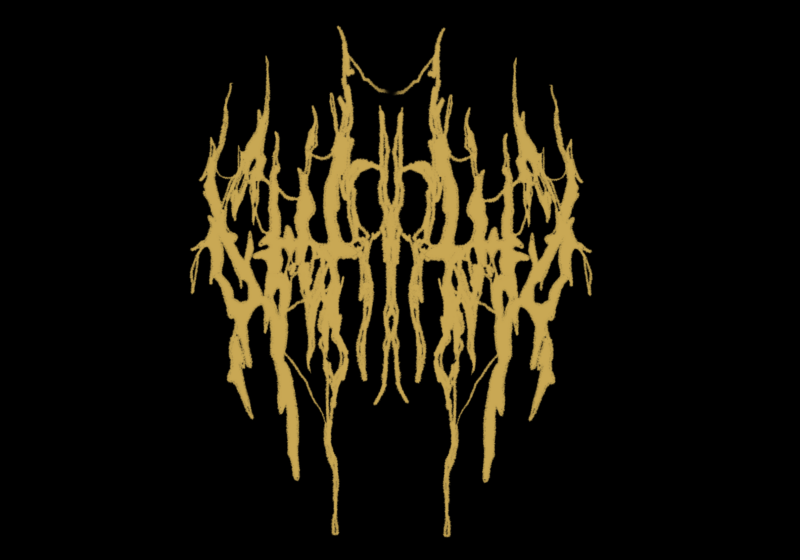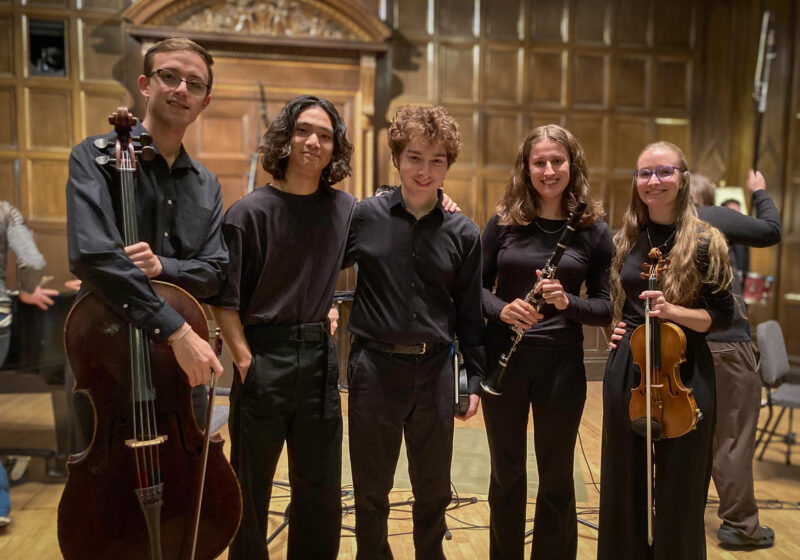The UR Medical Center (URMC) was recently selected as the recipient of $6.1 million to aid research in a longitudinal study on childhood lung development. The study, entitled LungMAP, is funded by the National Institutes of Health (NIH) and will be conducted over the course of five years.
The LungMAP research team at URMC is led by Dr. Gloria Pryhuber, who holds professorships at URMC in both the Department of Environmental Health and the Department of Pediatrics, Neonatology Division. According to URMC LungMAP spokesperson Sean Dobbin, URMC was chosen to be a recipient of NIH funding in large part due to Dr. Pryhuber’s and others’ extensive backgrounds in studying lung diseases like chronic obstructive pulmonary disease (COPD).
The focus of the study will be on child lung development after birth. Subjects will range in age from newborn to approximately eight years old. According to Dobbin, prematurely-born children often experience lung problems their entire lives, hence the particular interest in childhood lung development. Though research subjects are exclusively children, the study is expected to impact lung treatment for people of all ages.
“The goal [of the study] is to make a comprehensive map that shows how a healthy lung develops from before birth through childhood,” Dobbin said. “Once the map is developed, doctors will be able to compare diseased lung tissue to the healthy tissue to see exactly what went wrong. This will allow them to better treat lung diseases in infants and adults.”
Dobbin continued, “Since this type of analysis has never been done before, doctors don’t know exactly how the lung develops and how certain diseases can stifle or alter that development. This knowledge […] will allow scientists all over the world to further their own studies on the lung and better treat a wide variety of lung diseases.”
The study will be conducted as a collaboration between URMC and a number of other national research institutions, including the NIH, Seattle Children’s Hospital, Duke University, Pacific Northwest National Lab, Children’s Hospital of Los Angeles, Cincinnati Children’s Hospital, Yale University, and the University of California, San Diego. A $20 million grant was given to the above institutions (among others) by the NIH to fund LungMAP.
For its part, URMC will “collect the lung tissue through a multi-state organ donor network, and process the tissue through computerized topography (CT) scans,” Dobbin said. “Researchers here are going to be studying white blood cell function in the lung, while researchers elsewhere are analyzing other aspects of lung development.”
The NIH research grant will be spent on setting up a donor network and eventual processing, analysis, and distribution of the lung tissue.
The study will look at healthy lung tissue. Any future studies, Dobbin added, are “more likely to be aimed at patients who have some form of lung disease.” This will allow physicians to compare unhealthy tissue to well-developed LungMAP tissue samples and properly restore the diseased lung.
The NIH is prolific with its funding of numerous studies every year, but studies of this magnitude are uncommon. According to Dobbin, URMC researchers are “excited to be getting the study underway. Nationally, we are already viewed as one of the top institutions in this field, and this grant only serves to solidify our reputation in this regard.” Furthermore, success in this study could lead to a greater probability for future grant money to expand on current LungMAP research.
The progress of the study will be publicly available on the LungMAP website, found at www.lungmap.net. The site will be updated periodically throughout the duration of the study as more data becomes available.
Ransom is a member of
the class of 2017.




